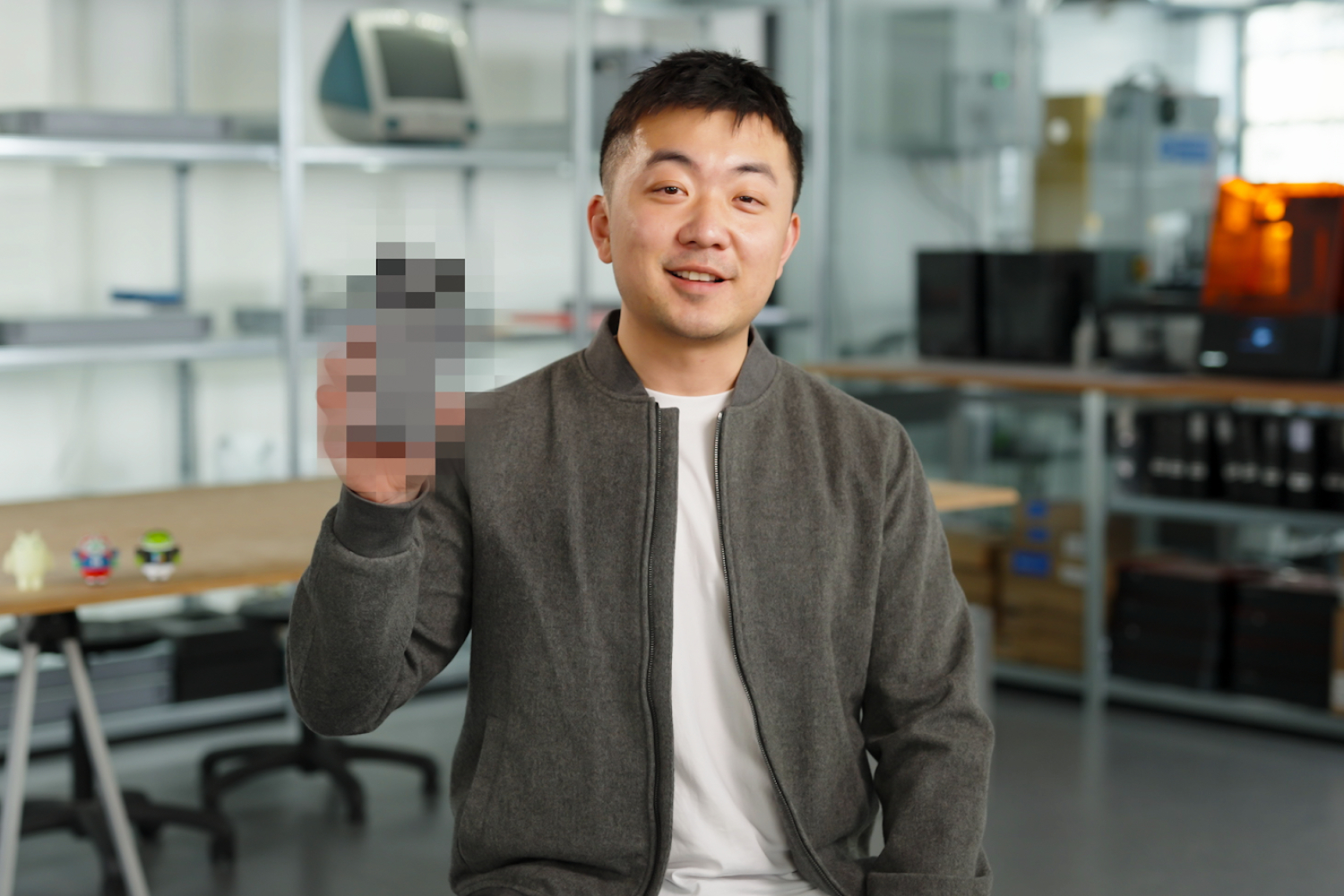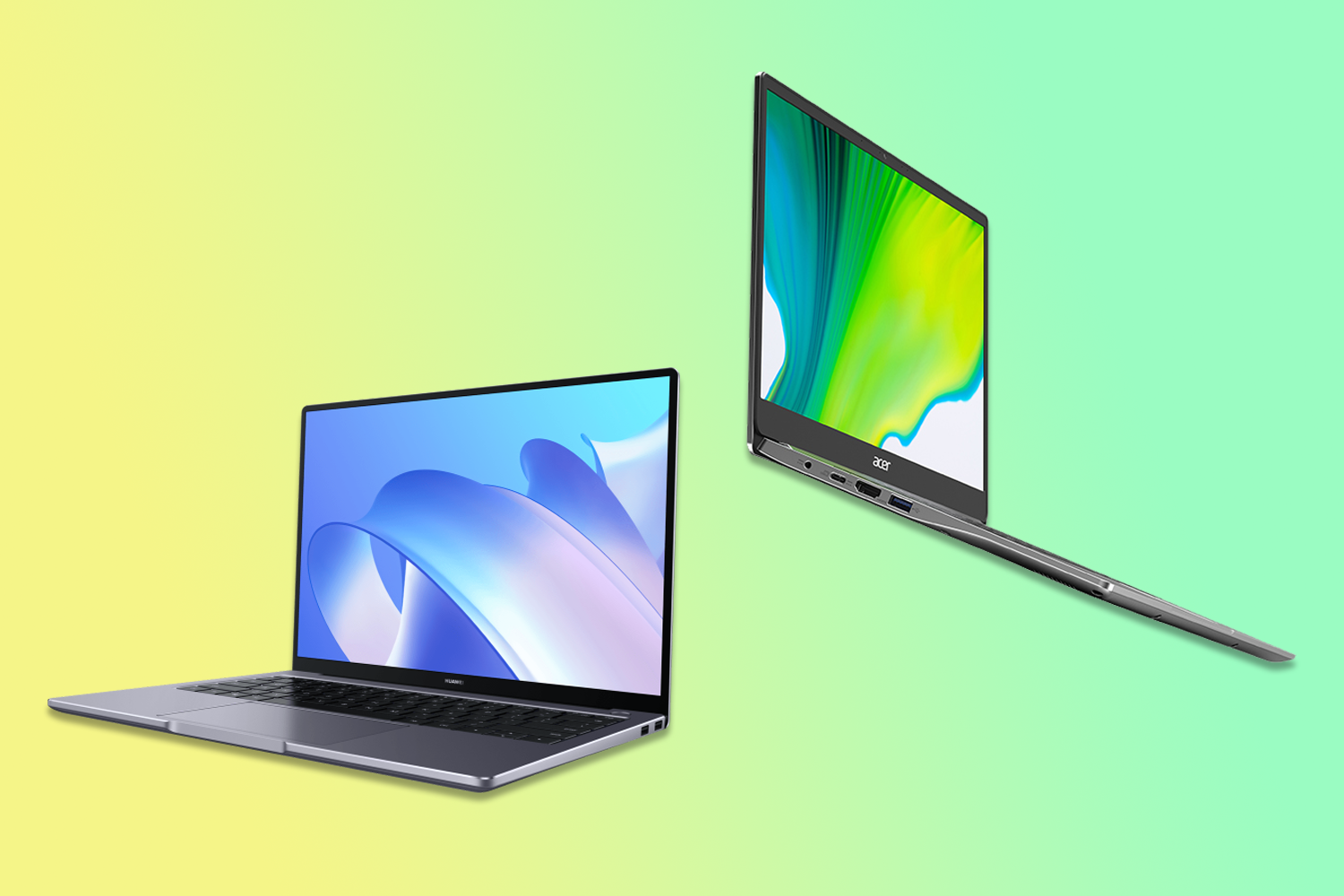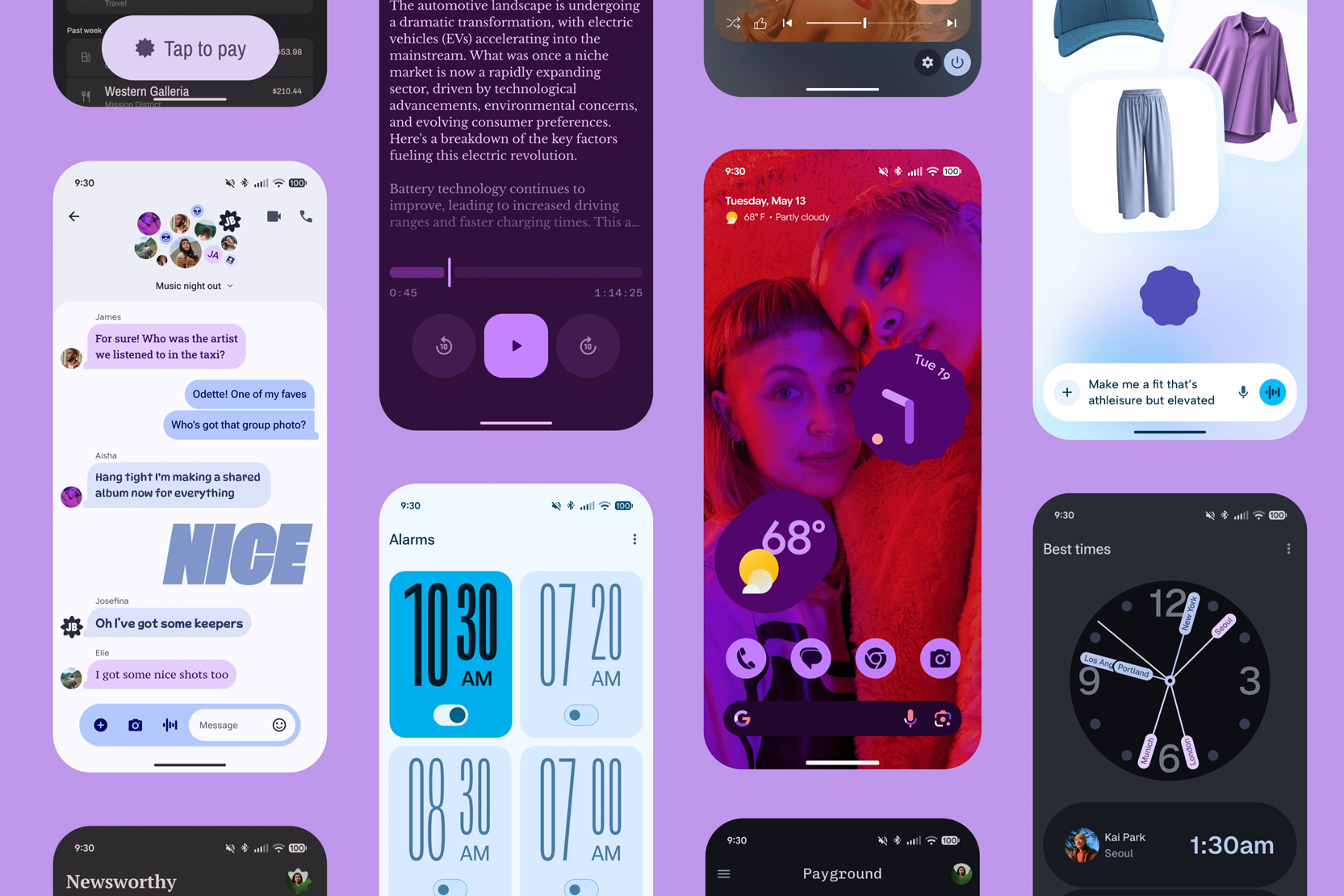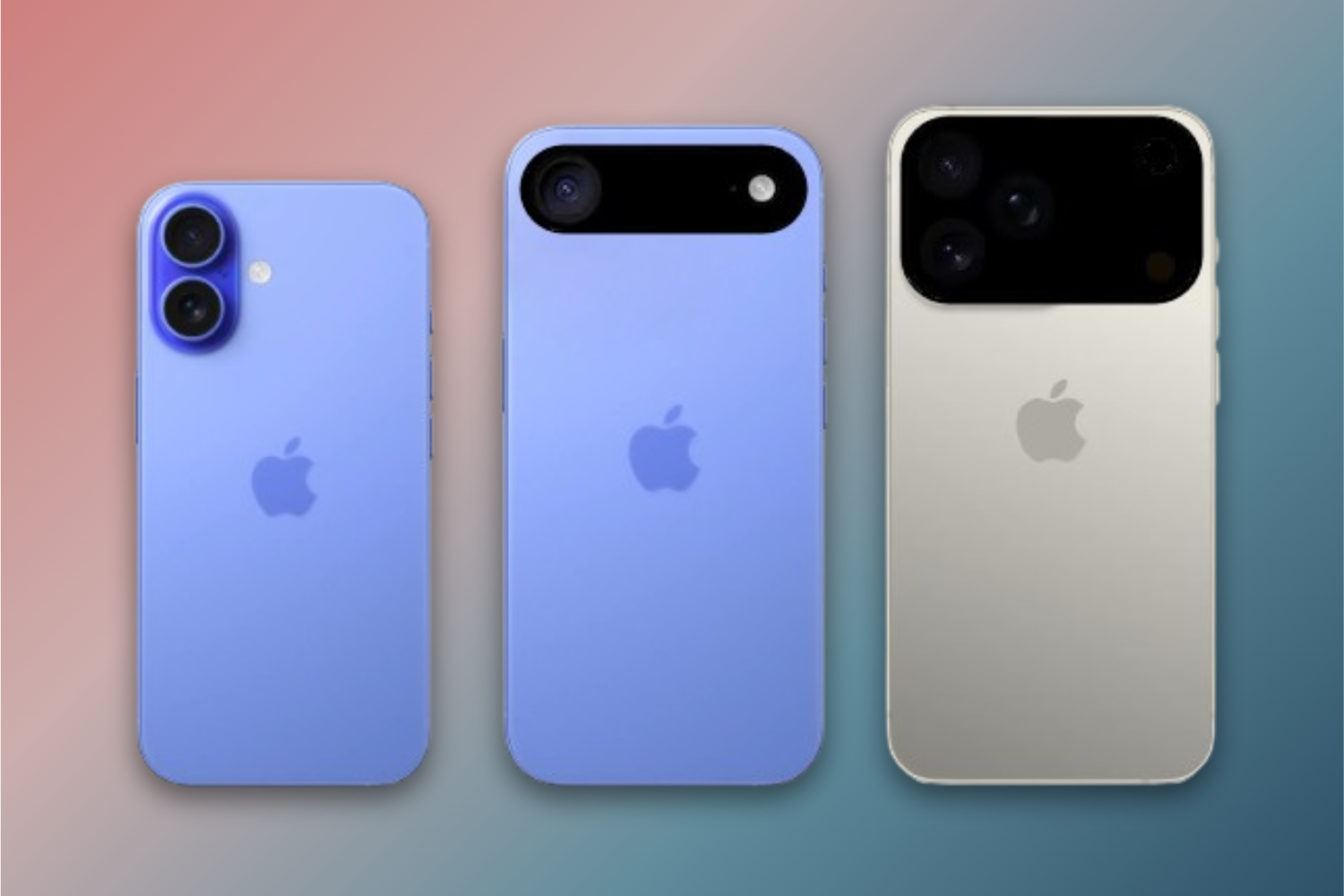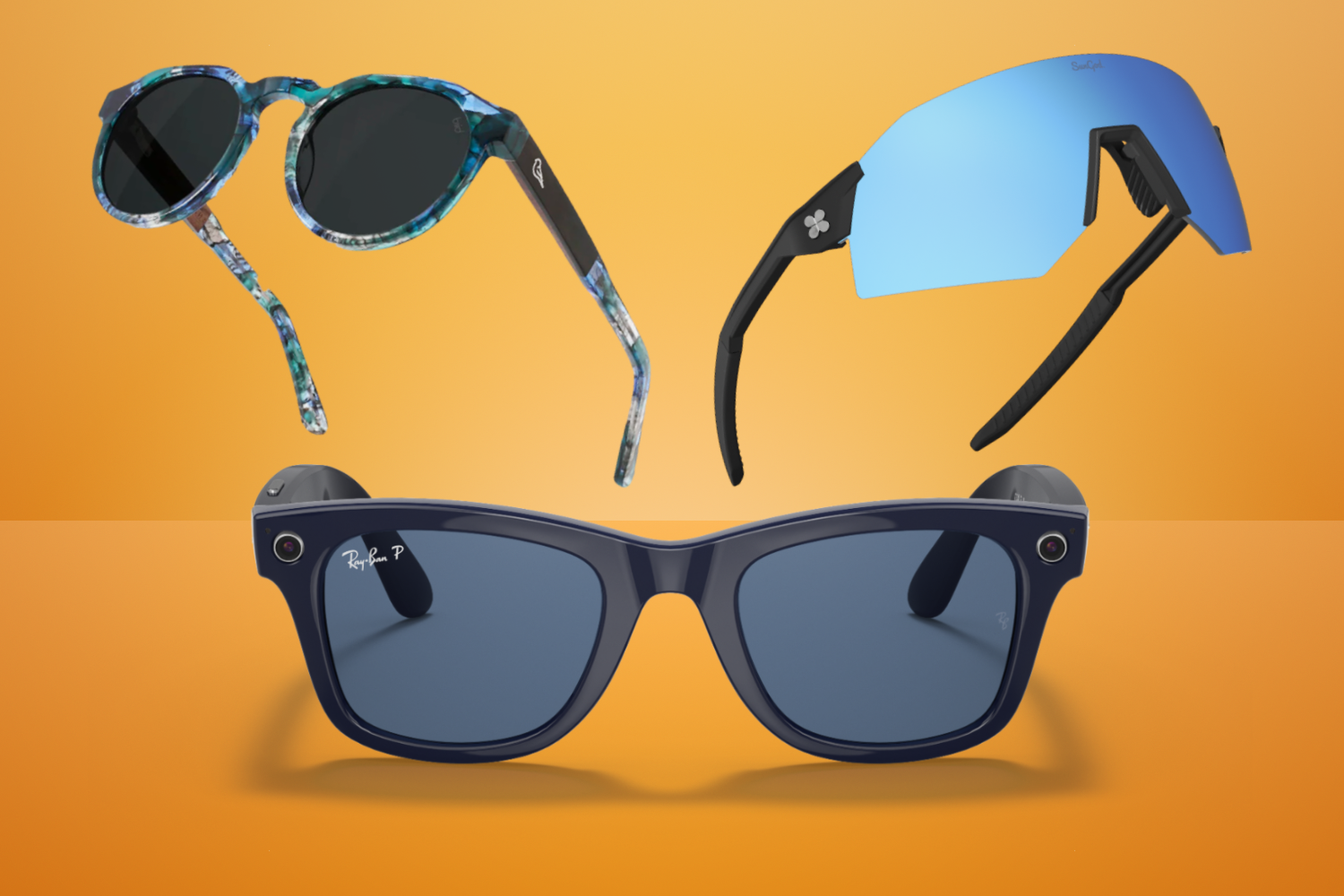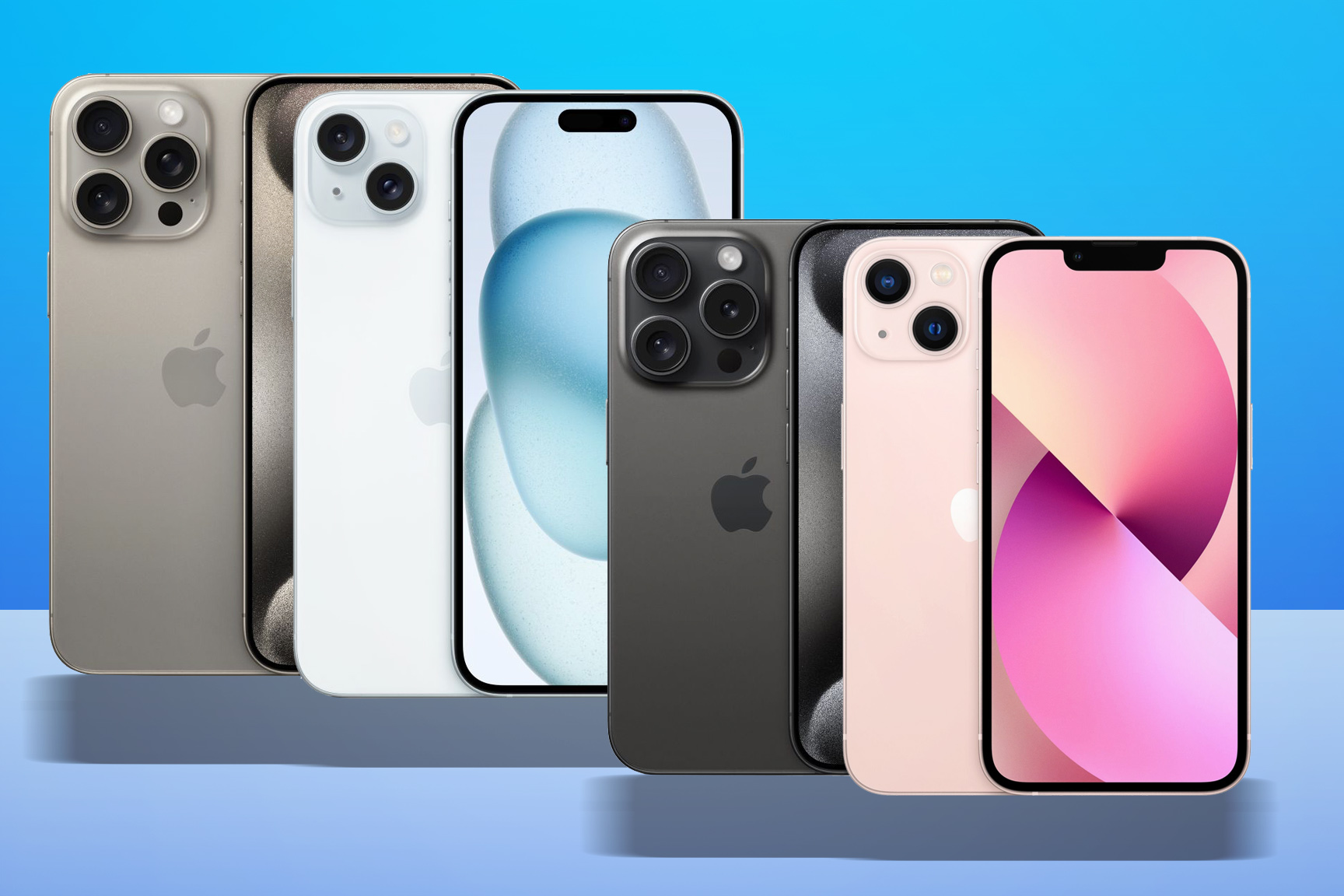35 years ago, the arrival of Adobe Photoshop sent shockwaves through multiple industries. Overnight, artists, designers and photographers recognised that traditional retouching methods were destined for the trash. In their place emerged this go-to app, unlocking a world of creative possibilities arty types had previously only dreamt of.
I love photoshopping! Just today, I used my phone to photoshop my face onto a baboon!
Firstly, probably avoid admitting that kind of thing in public. It’s a bit weird. Secondly, avoid using ‘photoshop’ as a generic verb, unless you want Adobe’s crack team of assassin lawyers to pay you a visit. Because (uppercase) Photoshop remains Adobe’s prize possession – a now 35-year-old app that’s the software equivalent of a slot machine that won’t stop showering its execs with gold coins. So they don’t want its name sullied with your cheapo phone app antics.
35 years? Weren’t computers steam-powered back then?
Two brothers created the app, initially to display greyscale images on a Mac, and then to edit them. There were familiar tools that let you quickly crop, clone and ‘airbrush’ pics… and as the Photoshop team grew, so did the feature set, which soon added Windows support, layers, actions, editable type, multiple undo states, smart objects, automatic saving and, rather regrettably, layer effects that meant every button on turn-of-the-century websites had hideous bezels and drop shadows.
That all sounds like too much hard work. I just want to hit one button and: baboons!
You’re in luck. Adobe is increasingly using its Firefly generative AI model to give Photoshop all kinds of one-click automation smarts. Expanding canvases where backgrounds are automatically filled! Ways to ‘disappear’ people you no longer like! Entirely new objects when the ones in your image are too boring! The app still requires skilled hands to get the best from it, but you do wonder if, 35 years from now, Photoshop’s image manipulation game will be so streamlined even a baboon will be able to use it.
